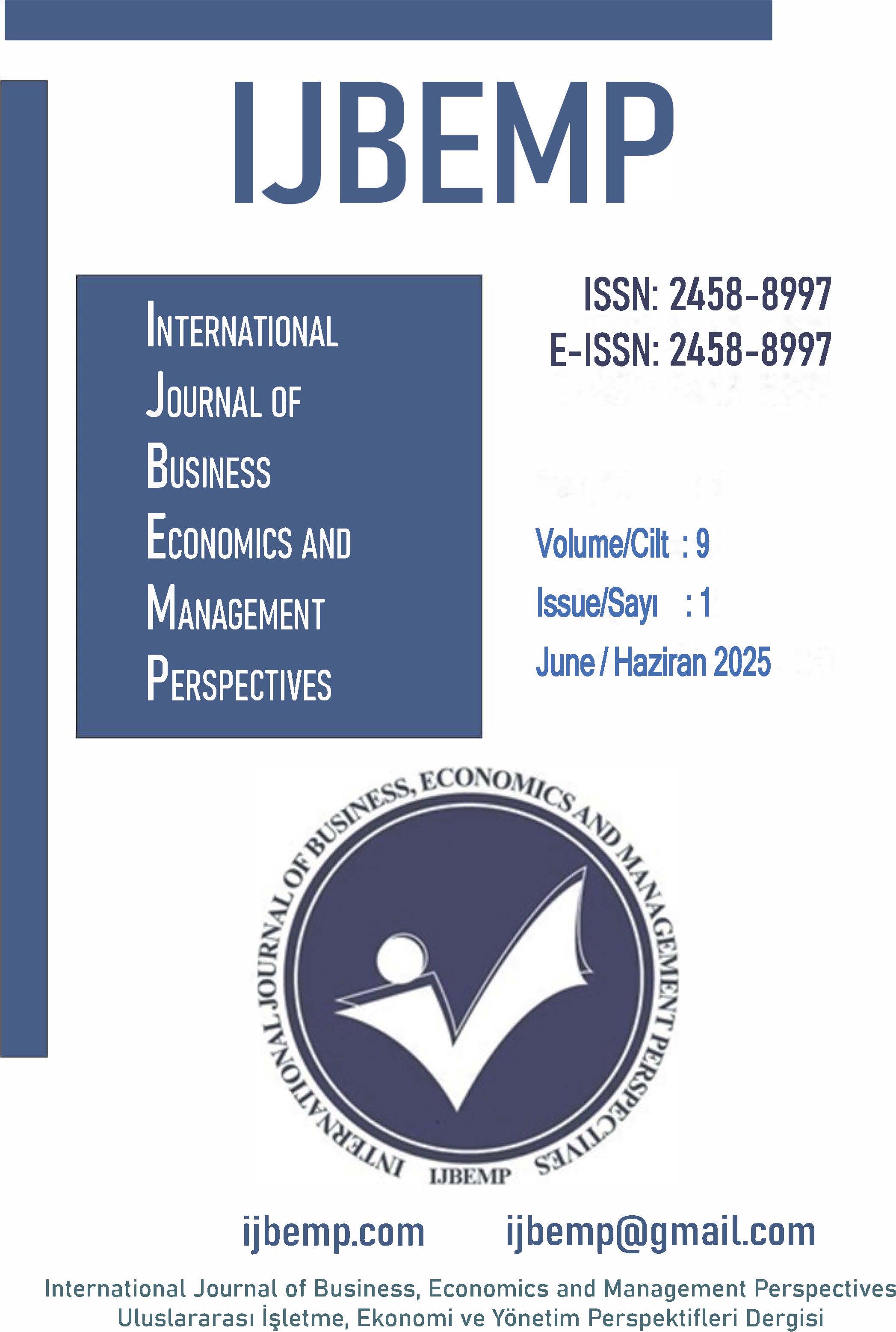Author :
Abstract
Mamullerin genel üretim maliyetlerinden alması gereken pay üretim sürecinde yapılan faaliyetlerin yoğunluğuna bağlı olarak değişmektedir. Geleneksel maliyet sisteminde bu maliyetlerin mamullere dağıtılmasında üretim hacminin esas alınması mamul maliyetlerinin doğru bir şekilde belirlenememesine yol açmıştır. Bu nedenle de işletmeler, doğru ve sağlıklı bir şekilde maliyetlemeyi sağlayabilmek amacıyla faaliyet tabanlı maliyet sistemleri geliştirmişlerdir. Faaliyet tabanlı maliyet sisteminde hacim bazlı ve hacim bazlı olmayan maliyet etkenleri de dahil olmak üzere neden-sonuç ilişkisi kurabilen maliyet etkenleri ile dolaylı maliyetler onları tüketen faaliyetlere yüklenmekte ve daha sonra faaliyetlere yüklenen maliyetler mamullere yüklenmektedir. Sonuç olarak, faaliyet tabanlı maliyet sistemi, maliyet hesaplamasının doğruluğunu artırması, doğru kararlar almaya yardımcı olması ve planlama/kontrol için bir gösterge görevi üstlenmesi gibi nedenlerle önemli bir bilgi sistemi olarak ortaya çıkmıştır. Bu çalışmanın amacı, geleneksel maliyet sistemine göre maliyet hesaplaması yapan hazır beton mamul üreten bir işletmenin faaliyet tabanlı maliyet sistemine göre maliyetlerinin gerçeğe uygun bir şekilde tespitini yapmanın yanı sıra geleneksel maliyet sistemi ve faaliyet tabanlı maliyet sistemine göre hesaplanan maliyetlerin karşılaştırmasını yapmaktır. Bu amaca ulaşmak için söz konusu işletmenin C25 ve C30 mamullerinin maliyetleri ele alınmıştır. Vaka çalışması yöntemi kullanılarak beton üretim maliyetleri faaliyetler açısından tespit edilmiş ve birim maliyetler hesaplanmıştır.
Keywords
Abstract
The share that products should receive from the general production costs varies depending on the intensity of the activities carried out in the production process. In the traditional cost system, the fact that the production volume is taken as the basis in the distribution of these costs to the products has led to the failure to determine the product costs accurately. For this reason, businesses have developed activity-based cost systems in order to provide accurate and sound costing. In the activity-based cost system, cost factors that can establish a cause-effect relationship, including volume-based and non-volume-based cost factors, and indirect costs are loaded to the activities that consume them, and then the costs loaded to the activities are loaded to the products. As a result, the activity-based cost system has emerged as an important information system for reasons such as increasing the accuracy of cost calculation, helping to make the right decisions and acting as an indicator for planning/control. The purpose of this study is to determine the costs of a ready-mixed concrete manufacturing company that calculates costs according to the traditional cost system according to the activity-based cost system in a realistic manner, as well as to compare the costs calculated according to the traditional cost system and the activity-based cost system. To achieve this goal, the costs of the C25 and C30 products of the company in question were considered. Using the case study method, concrete production costs were determined in terms of activities and unit costs were calculated.





